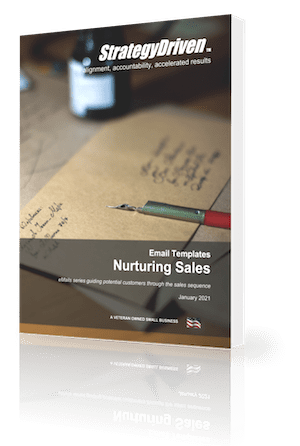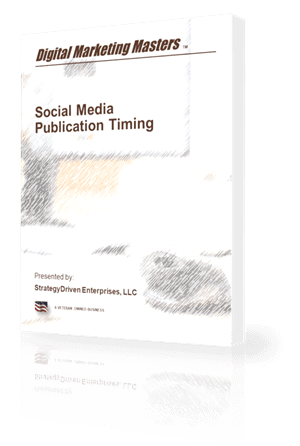A Deep Dive Into Blog Frameworks
Ever paused to wonder what makes your favorite blogs so engaging? Beyond the content, there’s a sophisticated foundation in play: a framework. This invisible scaffold not only holds content but dictates how it looks, feels, and interacts with readers.
With the right framework, a blog transforms from mere words on a page to an immersive experience, guiding readers through a beautifully choreographed dance of information.
Journey with us as we unpack the essential components of blog frameworks and peek at some standout blog page designs that exemplify their potential.
Core Components of a Blog Framework
- Backend Structure: The heartbeat of every blog. This is where the mechanics take place. Just as the crew behind the scenes ensures a play is executed flawlessly, the backend ensures content is effectively created, stored, and disseminated.
- Frontend Presentation: Your blog’s showcase window. It’s not just about presenting content, but how it’s presented. It covers the design, the feel, and the overall experience a reader has on your blog.
- Integration Capabilities: The modern digital world thrives on connectivity. Your blog shouldn’t stand alone. Whether it’s enabling easy content sharing or diving deep into user analytics, integration tools bridge the gap between your content and the broader digital ecosystem.
Popular Blog Frameworks in Today’s Digital World
Frameworks are diverse, catering to different needs and skill levels. As we dive into some popular choices, let’s also explore some stellar blog design examples from each platform.
- WordPress: Flexibility at its Best: A powerhouse in the blogging world, WordPress offers versatility. From news sites to personal journals, its adaptability is unmatched.
- Blog Design Example: The New Yorker, TechCrunch, and Variety are just a few examples that showcase the flexibility of WordPress. They all have unique designs catered to their audience, made possible by WordPress’s versatile platform.
- Ghost: Simplified and Focused Blogging: Ghost strips blogging back to its essence. With a minimalist vibe, it prioritizes content over fluff.
- Blog Design Example: Blogs like Buffer’s and OpenAI’s research blog have used Ghost to present their content cleanly and elegantly, focusing on readability and user experience.
- Jekyll: Static Site Generation for Tech-Savvy Bloggers: For those who prefer a hands-on approach, Jekyll delivers. It’s lean, fast, and puts you in the driver’s seat.
- Blog Design Example: The GitHub blog is a notable example, running on a static site generator like Jekyll, exemplifying the control over content and design that Jekyll allows.
- Medium: The Storyteller’s Platform: Medium has carved its niche as a space for thinkers, writers, and storytellers. Its clean design ensures readers stay focused on the content.
- Blog Design Example: Signal v. Noise by Basecamp and personal blogs of influencers like Barack Obama illustrate Medium’s focus on the content itself.
Templates: A Closer Look
Templates are the unsung heroes in a blog’s design journey. They serve as:
The Role of Templates:
- Website’s Appearance: They dictate the blog’s visual language, like how a building’s architecture dictates its style. Templates define everything from the layout to the color scheme used.
- Consistency and Branding: A good template ensures a consistent experience for your readers, which is vital for branding.
Selecting the Right Template:
- Content Alignment: The template should reflect the nature of the content. A photo-heavy blog might opt for a gallery-style template, while a journalistic blog might choose a more text-centric layout.
- Audience Consideration: Understanding the audience’s preferences in terms of navigation, readability, and accessibility is key to choosing the right template.
Templates for a Blog Outline:
- Tips for Choosing: Look for templates that offer customization options while still maintaining a balance with structured design.
- Customization Tricks: Leveraging the template’s options to modify header styles, fonts, and color schemes can greatly enhance the individuality of a blog.
Making the Choice: Factors to Consider When Selecting a Blog Framework
- Scalability: Can the blog framework grow with you? As your blog expands, it’s crucial that the platform can handle the increased demand and scale accordingly.
- Design Freedom: A platform should be a canvas, allowing you to paint your vision. How customizable is the framework to suit your aesthetic preferences?
- Community and Support: Blogging is a journey, and it helps to have fellow travelers. Does the platform boast a supportive community ready to assist, guide, and share?
- Integration Ecosystem: The digital world is about seamless connections. Your platform should facilitate smooth integrations, be it with marketing tools, analytics, or other essential plugins.
In Summary
Choosing the right framework is akin to setting the stage for a performance. As you delve into blog outline tips, you’ll find that with a robust structure and captivating design, your content takes center stage, resonating with audiences and leaving a lasting impression. As you embark on this journey, remember: a strong foundation, enriched by a well-thought-out blog outline, makes for a memorable narrative. Happy blogging!











Leave a Reply
Want to join the discussion?Feel free to contribute!